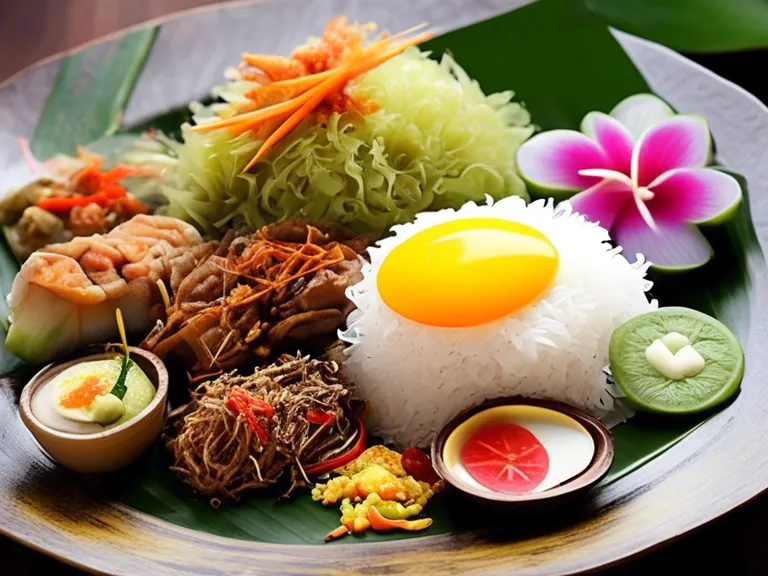
Introduction
In recent years, the rise of NFTs (non-fungible tokens) has revolutionized various industries, including art, music, and gaming. However, one sector that has started to explore the potential of NFTs is the food industry. From virtual restaurants to digital collectibles, the concept of digital delicacies is reshaping how we perceive and interact with food in the digital realm.
What are NFTs?
NFTs are unique digital assets that represent ownership of a specific item or piece of content using blockchain technology. Unlike cryptocurrencies such as Bitcoin or Ethereum, NFTs are indivisible and cannot be exchanged on a like-for-like basis. Each NFT has a distinct value and ownership record, making it ideal for proving authenticity and scarcity in the digital world.
NFTs in the Food Industry
The food industry is no stranger to innovation, and NFTs present a new frontier for culinary creativity. Chefs, restaurants, and food enthusiasts are exploring the possibilities of creating and trading digital assets related to food. These NFTs can take various forms, including virtual recipes, digital art depicting food, limited-edition virtual dining experiences, and more.
Virtual Restaurants and Digital Menus
One of the ways in which NFTs are making an impact in the food industry is through the concept of virtual restaurants. These online-only establishments offer unique dining experiences that exist solely in the digital realm. Customers can purchase NFTs representing dishes or meals from these virtual restaurants, gaining access to exclusive content or even real-world perks such as discounts or priority reservations.
Collectible Food NFTs
Just as physical collectibles like trading cards or rare coins hold value for enthusiasts, collectible food NFTs are gaining popularity among digital art collectors and food lovers. These NFTs can feature digital representations of iconic dishes, rare ingredients, or even virtual cooking utensils. Owning a collectible food NFT can be a way for individuals to showcase their passion for food and support their favorite chefs or culinary artists.
Tokenizing Recipes and Culinary Creations
Another intriguing application of NFTs in the food industry is the tokenization of recipes and culinary creations. Chefs and food bloggers can mint NFTs representing their signature dishes, allowing fans to own a piece of their culinary legacy. By attaching NFTs to recipes, creators can monetize their content, protect their intellectual property, and engage with their audience in new and innovative ways.
Challenges and Opportunities
While the concept of digital delicacies holds immense potential, there are challenges that the food industry must address when integrating NFTs into its ecosystem. Issues such as copyright infringement, intellectual property disputes, and the environmental impact of blockchain technology need to be carefully considered. However, by embracing NFTs responsibly, the food industry can unlock new revenue streams, enhance customer engagement, and foster creativity and innovation in the digital space.
Conclusion
The emergence of NFTs in the food industry is transforming how we perceive, consume, and interact with food in the digital age. From virtual restaurants and collectible food NFTs to tokenized recipes and culinary creations, digital delicacies offer a glimpse into the future of gastronomy. As chefs, restaurants, and food enthusiasts continue to explore the possibilities of NFTs, the intersection of food and technology promises to revolutionize the culinary landscape and redefine the way we experience and appreciate food in all its forms.
